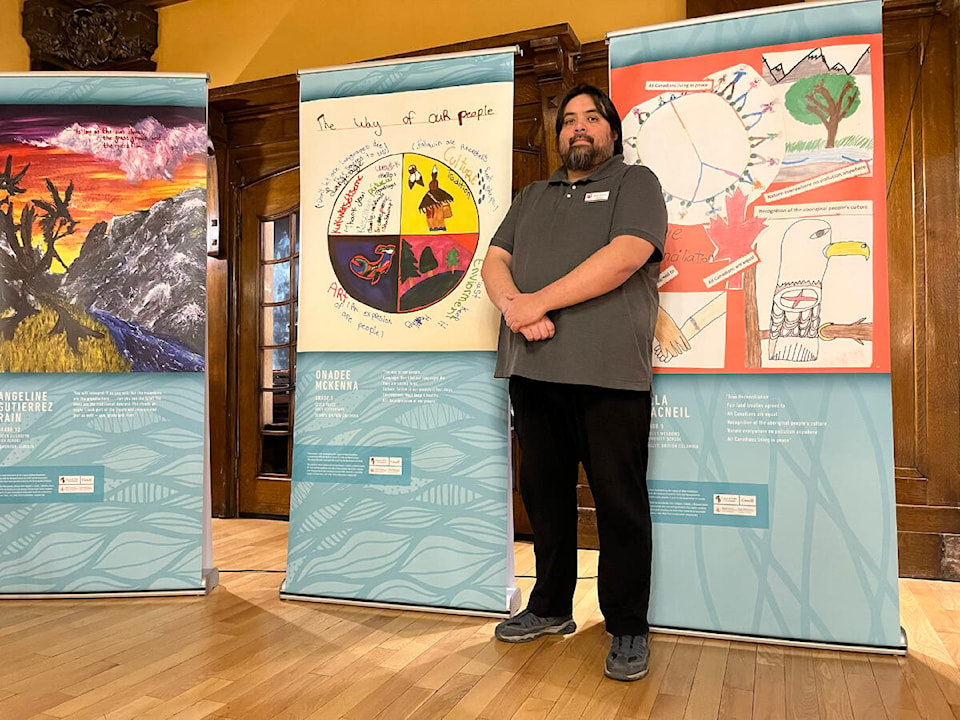Cranbrook History Centre’s latest display, a travelling exhibit devoted to truth and reconciliation and residential school history, is giving a much-needed voice to a dark chapter of Canadian history.
“Killing the Indian in the Child: Generations Lost and Youth On Reconciliation” serves as a sombre reminder of the loss of culture and identity Canadian First Nations face due to decades of suppressive residential school policy, but it also embraces an optimism that the wrongs of history can be righted through education and open dialogue.
As the centre’s first long-term exhibit on residential school history, it will stay on display until April 7. It is free with regular admission.
Chief curator Honor Neve said the exhibit has already proven popular among local educators, with 10 school trips booked to view the space in the coming weeks. The centre’s intent, she added, is for people to visit the exhibit in conjunction with St. Eugene Mission.
“Our hope is that people will come here, but that they’ll also go out to St. Eugene to the interpretive centre because elders do tours of the schools and tell that story. It’s a really important resource that the community has.”
The exhibit displays the history of Canadian residential schools from the 17th to 20th century, as well as notable historic events that impacted indigenous communities. It features artwork and poetry from winners of the 2016 Imagine a Canada competition, which asked children to envision what Canada would look like in the future with a culture of hope, respect and reconciliation.
The award-winning film We Were Children, featuring first-hand accounts from residential school survivors, is screening at the exhibit.
Legacy of Hope Foundation, an indigenous-led charity based in Ottawa, built the exhibit and provided it to the Cranbrook History Centre free of cost. It is a traveling exhibit and can be sent to other communities in interior B.C.
For history centre operations coordinator Jared Teneese, the exhibit is representative of the struggles and trauma his ancestors faced. As a member of Ktunaxa First Nation, he is only one generation removed from the residential school system. His mother, grandfather and great-grandfather all attended St. Eugene Mission and the after affects of its assimilationist policy still loom heavily over him.
“My grandfather went to the residential school. He spoke the language. He knew our culture and it was beaten out of him,” he recalled.
“When he got out of the residential school, he knew that his kids were going to go through that same issue that he went through, so he refused to teach them the language, the culture, because he knew if they went in speaking English and understood Christianity, that they wouldn’t go through the same hardship he did.”
“That trauma is there. I’m affected by it, just as much as my kids are affected by it.”
Teneese added that exhibits like those at the centre are an important step in the road to reconciliation because they tell the true story of what happened to indigenous peoples.
“You can’t have the reconciliation without the truth and without the truth there’s a whole missing part of the story. In the education system itself, a lot of this is skipped, a lot of the real story.”
He is confident that this exhibit will be one of many in future.
“We want to continue bringing this information in for people,” he said.
@gfrans15
gillian.francis@cranbrooktownsman.com
Like us on Facebook and follow us on Twitter.
